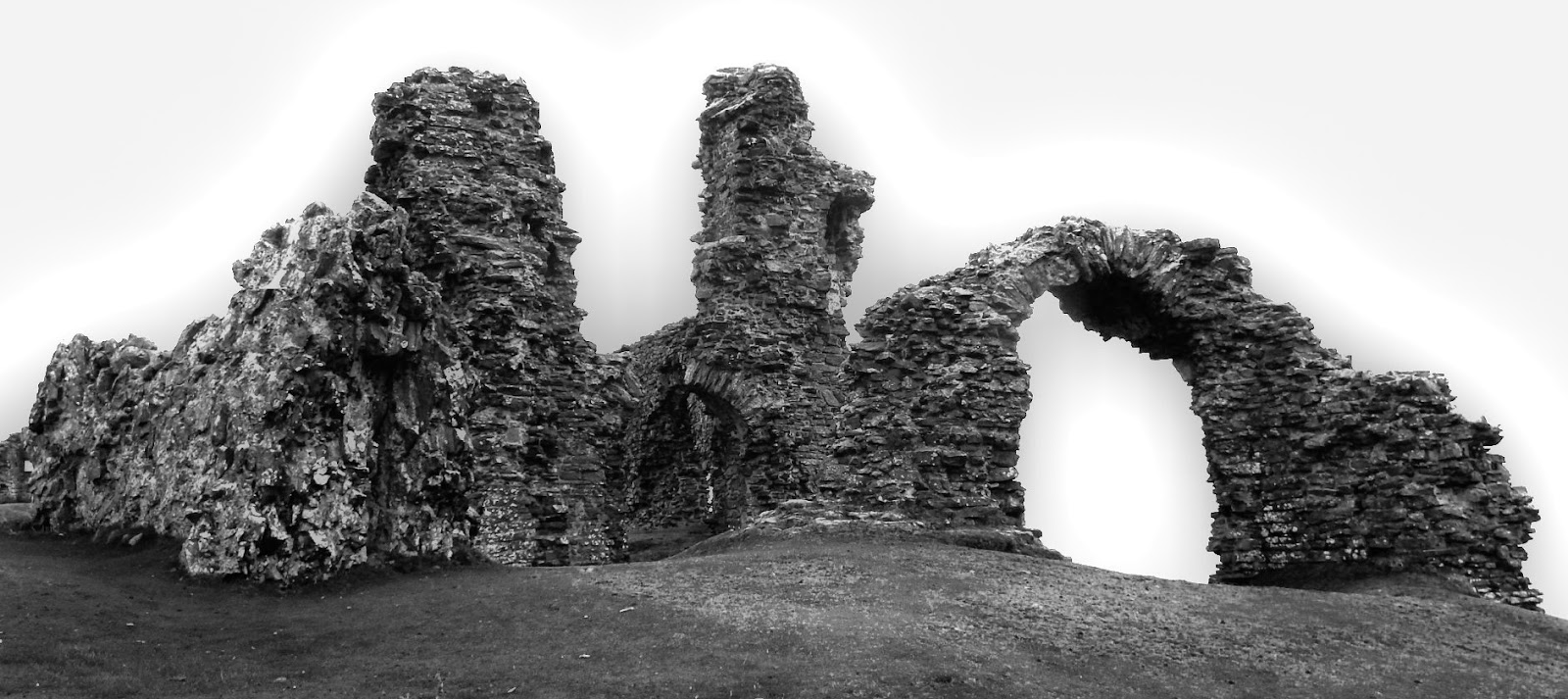After researching the history of landscape photography I noted that black and white photography was often used in the early years. The colour of the photograph impacted the overall outcome of the photograph and changed the viewers opinion on a photograph. Therefore I decided to incorporate the use of black and white photography as this allowed me to compare the difference between photographs in colour and photographs in black and white.
This photograph contains a range of different tones which highlights the different areas within the stones on the arches. The photograph was originally captured in colour and a HDR effect was then added within Photoshop. Due to the HDR effect, I felt that this would work relatively well in black and white therefore the black and white option was transferred to the photograph. Overall I think this works well, mainly due to the HDR effect which gives the photograph a high dynamic range, producing a high quality photograph. The HDR effect outlines the texture within the stones on the arch, evidencing the harsh and sharp texture. The photograph also works well in terms of composition, the arches located within the foreground act as guide, leading to the arch in the background which acts as a frame, framing the background scene. I feel that the arches within the foreground are an important aspect of this photograph as this guides the view to the arch within the background, blocking out the rest of the scenes to focus on the scene within the background.
This photograph uses black and white effect which helps to create different tones throughout the photograph. This allows the contour of the photograph to stand out as well as highlighting the different areas of the photograph such as the bricks. The texture of the bricks contrast the texture of the grass, the bricks are harsh and contain rigid edges whereas the grass appears to be smooth, this is suggested due to how short the grass appears. The photograph focuses on capturing only the building and restricting the other elements by considering the composition of the photograph.



No comments:
Post a Comment